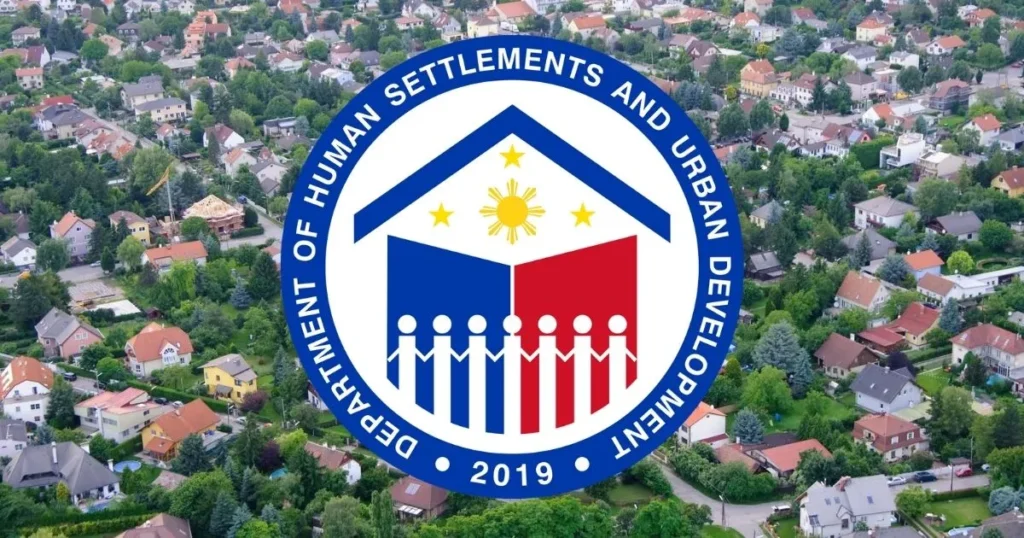
Nearly 5,000 families living in Ilocos and Cordillera Autonomous regions need to repair and rebuild their houses after the July 27 earthquake, according to the Department of Human Settlements and Urban Development (DHSUD).
DHSUD said a total of 4,969 families or the earthquake affected 20,091 persons. These families were living in 358 houses, nine of which were completely destroyed, particularly in the provinces of Ilocos Norte, La Union, Pangasinan, Abra and Mountain Province.
Almost half or 2,312 families or 8,314 individuals are currently living in temporary shelters in 31 evacuation centers, while 413 families are staying with relatives or friends in Ilocos Sur, La Union, Abra and Mountain Province.
“Upon instruction of the National Disaster Risk Reduction and Management Council [NDRRMC] to activate its shelter cluster yesterday [July 27] afternoon, we promptly alerted our concerned regional offices to put into motion the regional clusters so that we can monitor and facilitate emergency response and humanitarian assistance to those in need,” DHSUD OIC Assistant Secretary Melissa Aradanas said in a news statement.
src=”https://pagead2.googlesyndication.com/pagead/js/adsbygoogle.js”>
The activation of Shelter Clusters in the Ilocos, Cagayan Valley and the Cordillera regions was in compliance with the directive of the President to fast track government assistance to the families affected by the strong earthquake that shook the northern part of the country.
As a quick response measure, Assistant Secretary Aradanas said DHSUD is also coordinating with the International Organization for Migration to provide 3,000 shelter-grade tarps for the affected families.
“We are mobilizing our partners as well as all members of the shelter clusters to harmonize our efforts and facilitate faster response,” Aradanas said.
The regional shelter clusters were tasked to develop an emergency implementation plan on the appropriate interventions, such as response, early recovery, rehabilitation and sustainable recovery for the affected families.
DHSUD leads the Shelter Cluster of the NDRRMC and will soon take over the government’s Emergency Shelter Assistance Program with the Department of Social Welfare and Development.
DHSUD regional offices have earlier started constant monitoring of updates on the extent of damages to aptly provide the needed support to the victims.
If you like this article, share it on social media by clicking any of the icons below.
Or in case you haven’t subscribed yet to our newsletter, please click SUBSCRIBE so you won’t miss the daily real estate news updates delivered right to your Inbox.
The article was originally published in Business Mirror and written by Cai Ordinario.







More Stories
Vista Land Celebrates 50 Years with Sandiwa: An Event Honoring Leadership, Legacy, and the Filipino Dream of Homeownership
Vista Land Celebrates Love Month in Ilocos Region
Vista Land Bridges Cebuano Heritage and Progress with Valencia by Vista Estates